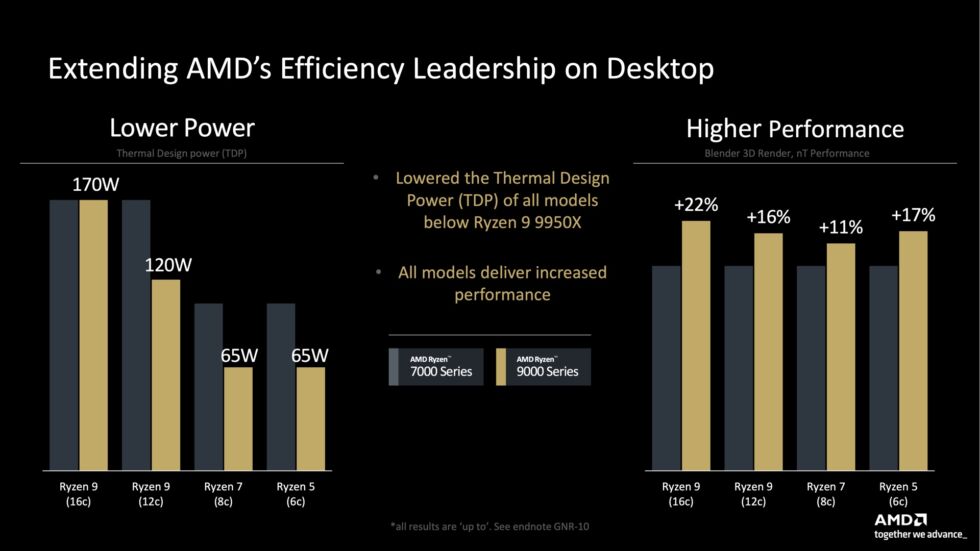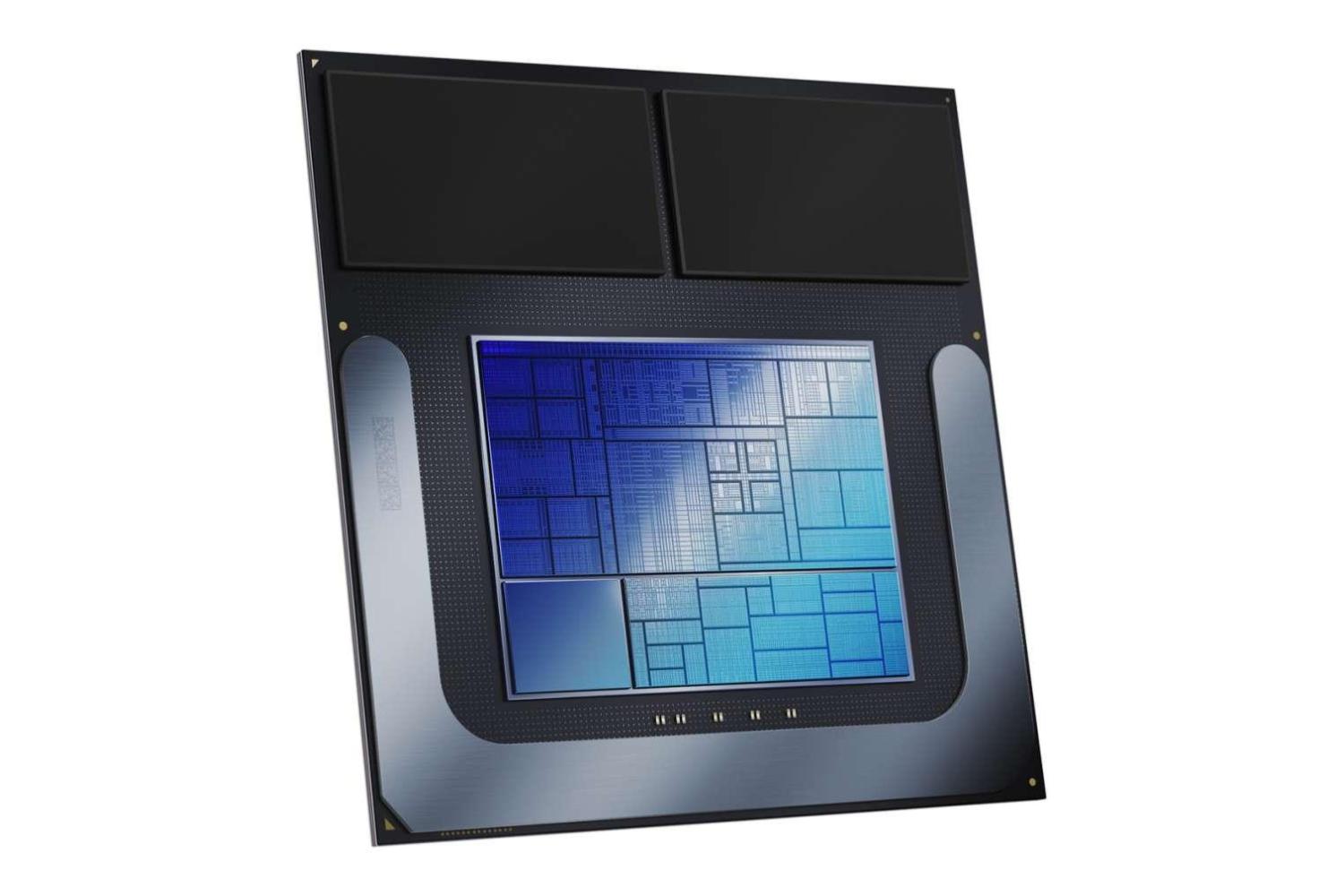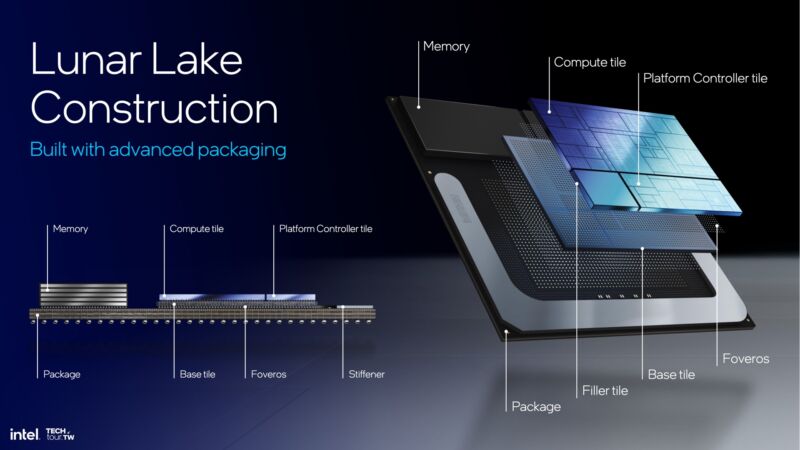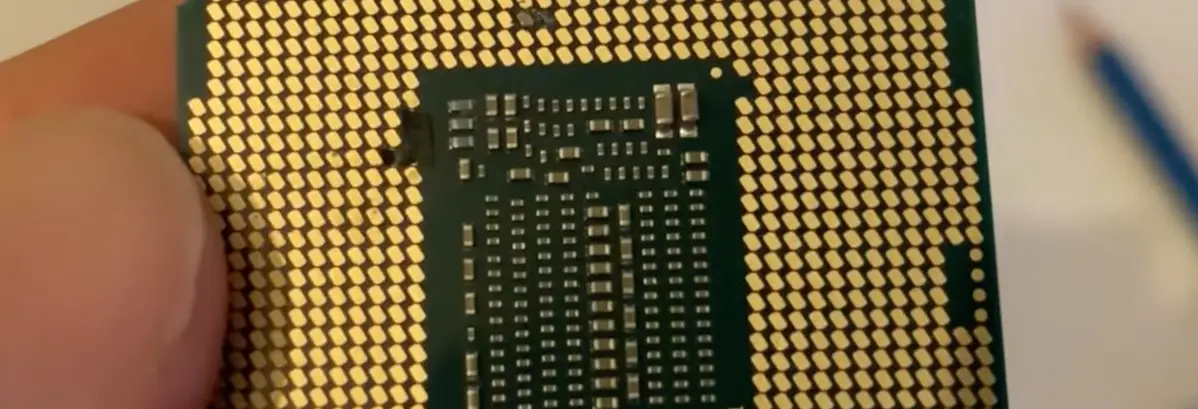-
 chevron_right
chevron_right
Intel has finally tracked down the problem making 13th- and 14th-gen CPUs crash
news.movim.eu / ArsTechnica · 4 days ago - 17:45
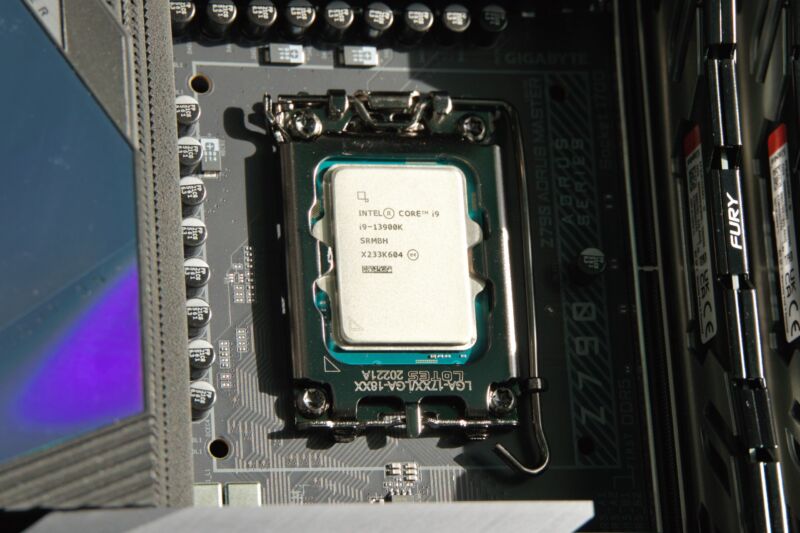
Enlarge / Intel's Core i9-13900K. (credit: Andrew Cunningham)
For several months, Intel has been investigating reports that high-end 13th- and 14th-generation desktop CPUs (mainly, but not exclusively, the Core i9-13900K and 14900K) were crashing during gameplay. Intel partially addressed the issue by insisting that third-party motherboard makers adhere to Intel's recommended default power settings in their motherboards, but the company said it was still working to identify the root cause of the problem.
The company announced yesterday that it has wrapped up its investigation and that a microcode update to fix the problem should be shipping out to motherboard makers in mid-August "following full validation." Microcode updates like this generally require a BIOS update, so exactly when the patch hits your specific motherboard will be up to the company that made it.
Intel says that an analysis of defective processors "confirms that the elevated operating voltage is stemming from a microcode algorithm resulting in incorrect voltage requests to the processor." In other words, the CPU is receiving too much power, which is degrading stability over time.


